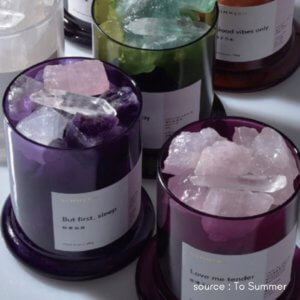
Oriental Aromatherapy
Aromatherapy is a trend to watch for the coming years in Asia as it will surely keep on growing and is in synch with many local aspirations of consumers.

Sheet masks are single-use face masks that consist of a sheet cut to fit over the face, soaked in a large volume of liquid essence. They are typically made from cotton, silk, or pulp, although microfiber, bio-cellulose, and hydrogel are also options. Most sheet masks use a clear, water-based essence. Some replace the watery essence with a thicker, lotion-textured essence.
Sheet masks are wildly popular in Asia, so much so that they are often used daily when in the West they are more of an occasional treatment done once a week at most.
Their popularity in the East is linked to beauty habits and routines as well as skin expectations in Asia. Indeed, having a plump, soft, smooth and glowy skin is a must over there and women will spend a lot of time and products to achieve that look.
Hydration being the key to juicy, glowing skin, sheet masks deliver substantially more hydration than any other treatment thanks to their format, hence their popularity. They come soaked in a large volume of hydrating essence, and the physical barrier formed by the sheet prevents the essence from evaporating, allowing the skin to absorb as much of it as possible. Sheet masks can also calm redness and irritation, plump up skin to smooth out fine lines, and add a vibrant glow to the skin.
However, sheet masks are being criticized because of the wastes they create. Not only do they often come in single use packaging that you throw away once opened, but the sheet mask itself is also discarded after use.
Some brands are trying to offer solutions, with tissue-like boxes where one box contains several sheet masks, and are also using bio-degradable materials as much as they can for the sheet mask itself.
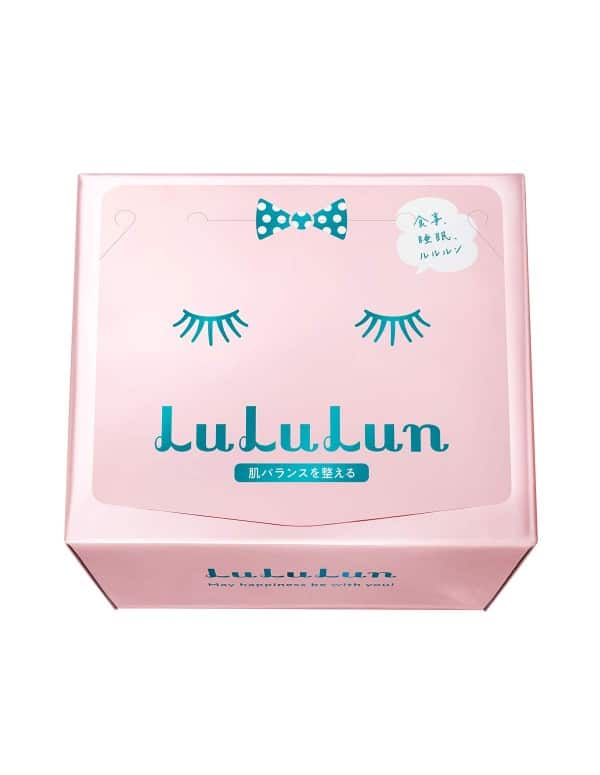
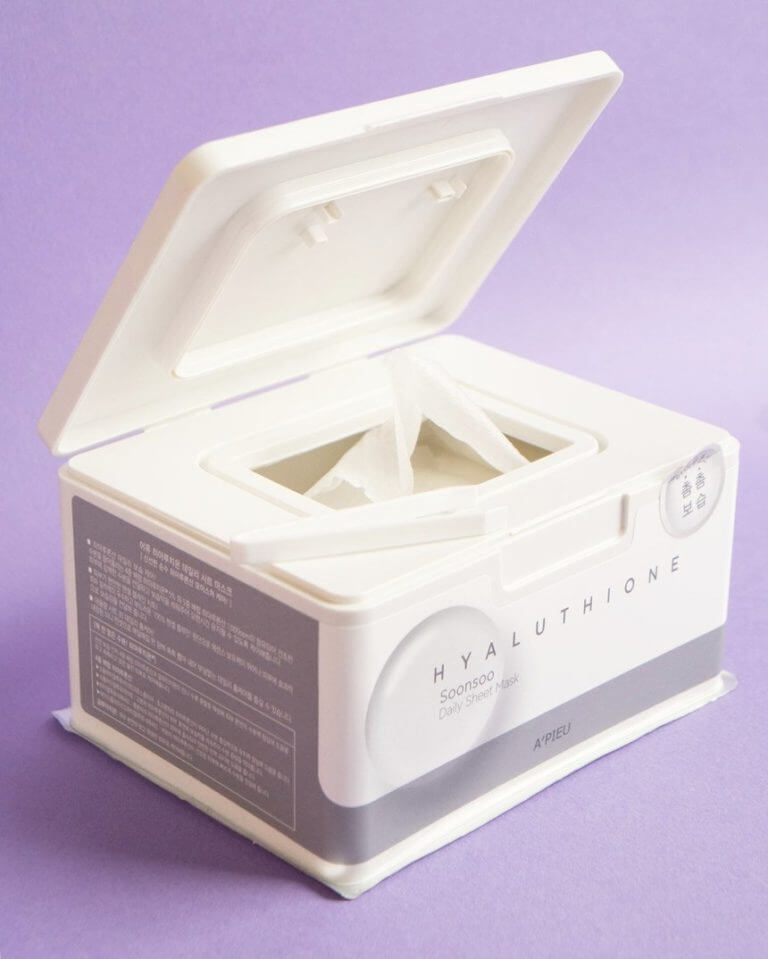
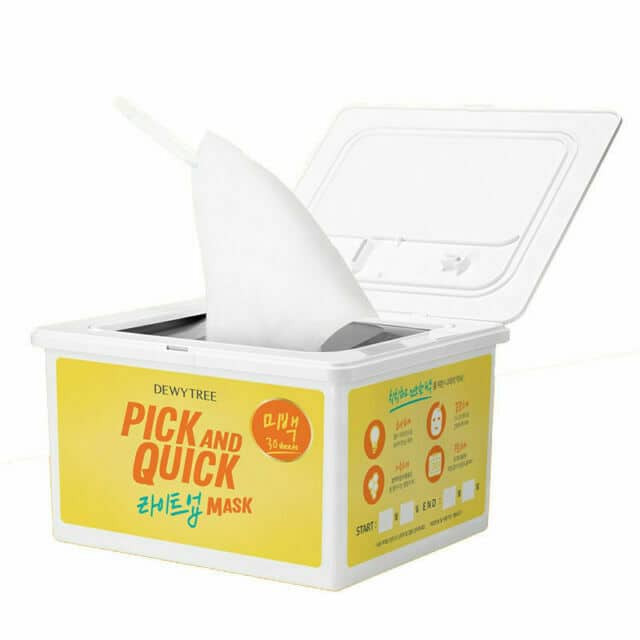
Monia MERABET

Aromatherapy is a trend to watch for the coming years in Asia as it will surely keep on growing and is in synch with many local aspirations of consumers.
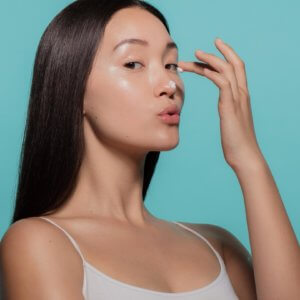
The pandemic and climate crisis have made consumers more aware than ever of the relation between their surroundings and the environment they live in and the overall health of their skin.
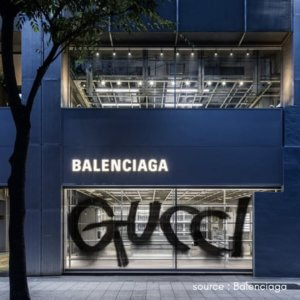
Luxury houses keep on looking for new ways to reinvent themselves and stay attractive in a very competitive industry. Consumers are always expecting new, innovative products or campaign and major brands are very prolific in the area.
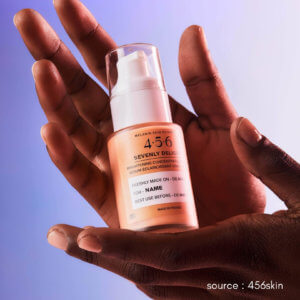
Inclusivity has been a key concern for many people over the last few years. In the beauty industry it has impacted product development but also organizational structures.